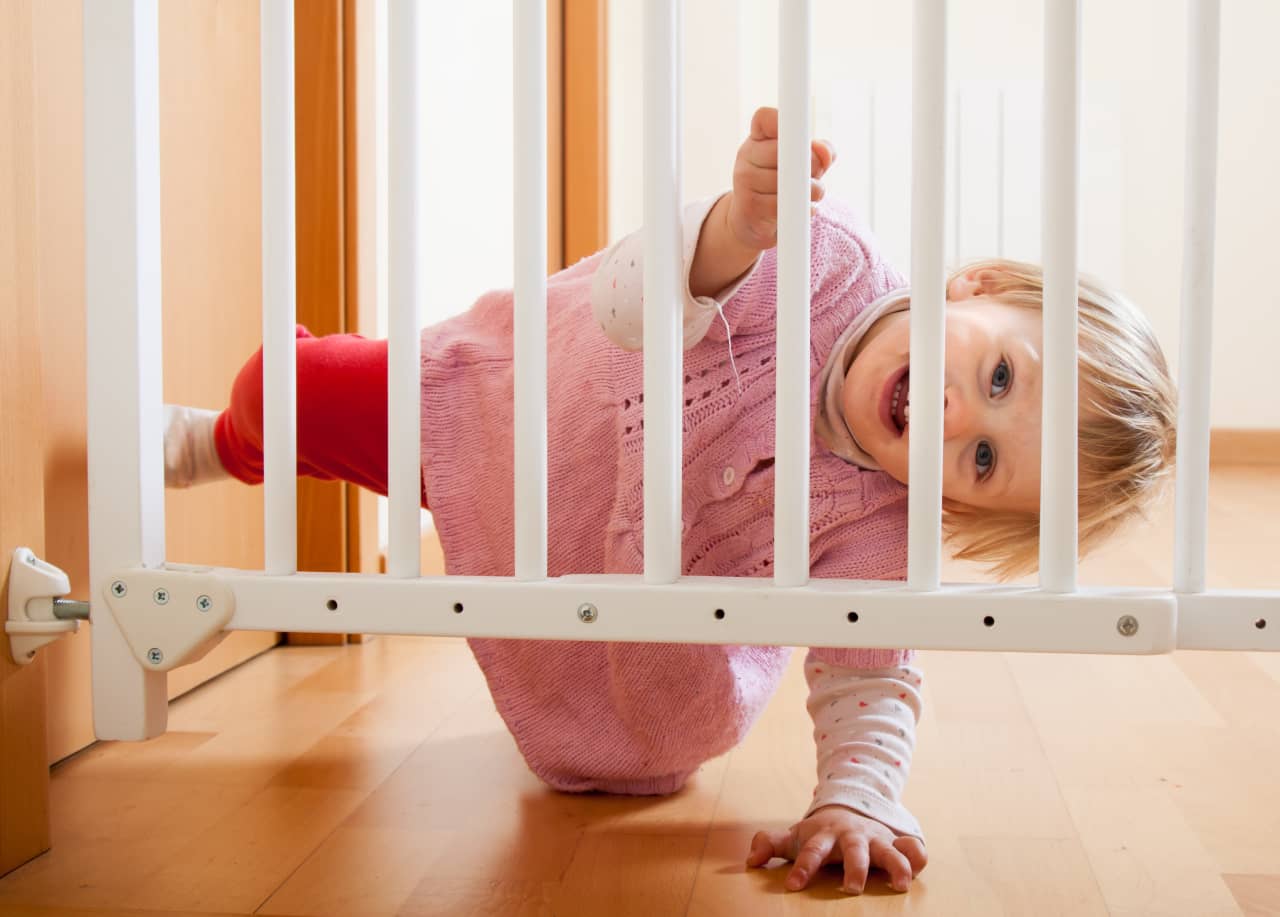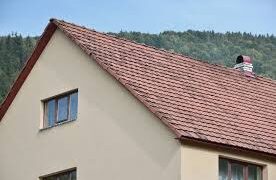Throughout the years, staircases have been a crucial architectural element from the olden times to the present day. It’s one of the widely used walking surfaces in residential homes and commercial or industrial spaces.
A staircase is a crucial element in any structure since it allows you to move between floors and provides access to the roof. A poorly designed structure increases the risk for falls, resulting in severe injuries. Issues or inconsistencies with the design, lighting, and maintenance are the usual culprits for trips, slips, and falls on staircases.

What Makes The Modern Staircase
Today, you can find staircases in various designs. Some houses have modern stairways combining wood with steel stair stringers, others stick with the conventional all-wood layout, and some come in glass or stone configurations. Some essential parts of a staircase include the following:
- Stair rail or handrail
- Landing platform
- Steps include the riser and tread
Apart from these, the tread is the horizontal top surface where you step on, while the riser is the vertical part between every tread on the stair. Furthermore, the stringer is the vertical support board running on the side or middle of the staircase, and it’s where the risers and treads attach to.
Regardless of the material or design of the stairway you have, it’s crucial to implement ways to ensure safety while using it at home. To prevent slips, trips or falls, here are several tips to improve staircase safety at home:
1. Inspect The Handrails
The railings or handrails are crucial for any staircase to ensure safe movement up and down the stairs. You should carefully inspect the handrails or railings regularly. When they seem more decorative than functional, consider replacing them with durable ones that provide robust support. Don’t forget to check the following:
- The handrails should be free of splinters and chips that can cause injuries.
- You can grasp around the railing using your entire hand.
- Find railings that provide extra length at every end for additional stability when moving up and down the stairs.
When one of the staircase sides is entirely open, you might want to consider installing handrails with balusters.
2. Add Safety Gates

For households who have young children barely able to walk, it might be a good idea to keep them away from the stairs. You can do this by adding a safety gate, either at the base or the upper area of the stairs.
Affix one side of the safety gate to the wall and the other side to a baluster. One way to maximize its use is to keep the gate locked at all times. For the top of the stairs, it might be best to choose hardware-mounted safety gates that you can securely screw into place.
Additionally, safety gates are also worth considering if you have an elderly family member who might be suffering from neurological conditions such as dementia.
3. Get Rid Of Clutter
The usual cause of trips or falls on staircases is clutter, especially if you place various items such as plants, books, or decor. If you want to keep your family safe at all times, you should clear the staircase from any clutter.
- Avoid placing any loose rugs either on the top or base of the staircase. The rugs can pose a slip hazard and potentially knock your head on the steps.
- Don’t place anything on the stairs, even temporarily.
- Rearrange furniture or objects close or on the landing to keep the path free at all times.
- If electrical wiring or cords are present, secure them along the baseboards to keep them out of the way.
4. Install Lighting
Adding lighting to your staircase is one of the ways to improve safety. With the right amount of lighting, it enhances the visibility of the steps, especially during nighttime. Ideally, you need to mount the lighting on the wall, around five to six inches above every step, to get the best effect.
Good lighting will keep the staircase safe and boosts its overall appearance. When lighting a staircase, there are various options, such as wall sconces, overhead lights, or even lights on the stair treads.
Additionally, lighting can function as a design element that allows you to showcase your stairway in an aesthetically pleasing manner. You can try different ways to work with the lighting to develop the ideal arrangement that can boost the safety and aesthetic level, especially when decorating for the holidays.
5. Regular Maintenance
Most accidents involving staircases are due to poor maintenance and incorrect use. It would be best to observe these measures:
- Make sure the stair treads are clean and in good condition.
- If the handrails or fasteners are showing signs of deterioration, make the necessary repairs or replacements.
- Once you find any slack boards jutting out from the steps, you should nail them back down or replace them right away.
- When spills occur on the stairs, make sure to clean them up and dry the area immediately.
6. Observe Proper Use Of The Staircase
One way to minimize the likelihood of slips, trips, or falls is to use the staircase properly. Observing the following precautions when using the stairs would be best, whether at home or the workplace:
- Always use the handrails when moving up or down any stairway.
- Move one step at a time when descending or ascending the stairs.
- Assist elderly or disabled family members. Consider building a stairlift or add safety step markers made of fluorescent tape, which serves as a guide.
7. Slip Prevention
The staircase should have slip-resistant materials to ensure the safety of children and elderly adults, such as textured tiles, timber, and carpet. One way to minimize the risk of slips is by utilizing anti-slip materials in the landing surfaces and stair treads. Some homeowners place anti-slip material on the leading edge of the treads to provide a better grip and prevent possible slips.
Final Thoughts
You can prevent trips, slips, and falls on staircases at home using several measures. A good starting point is to accept the fact that there’s always a risk when using stairs. With this in mind, you need to take the necessary precautions when using a staircase. With the help of these measures—such as regular maintenance of your stairs, eliminating any possible trip hazards, and installation of adequate lighting—it’ll go a long way in preventing accidents in your home.




